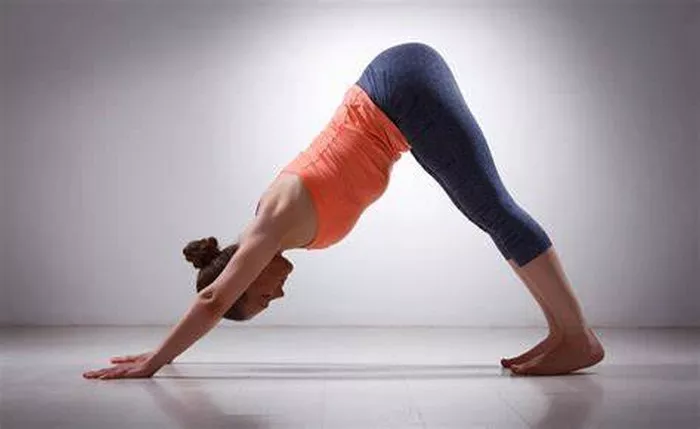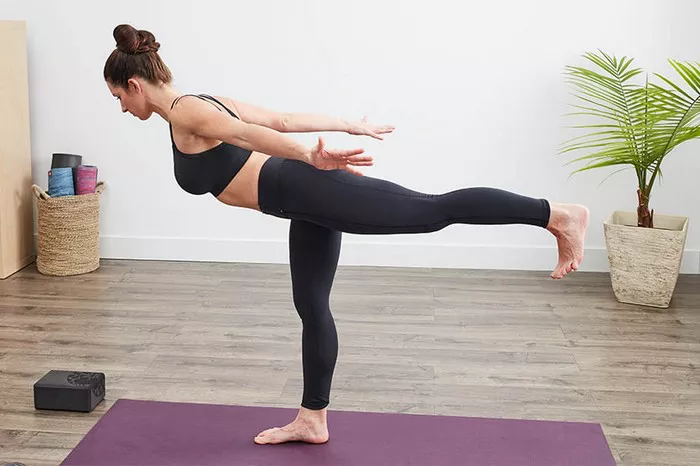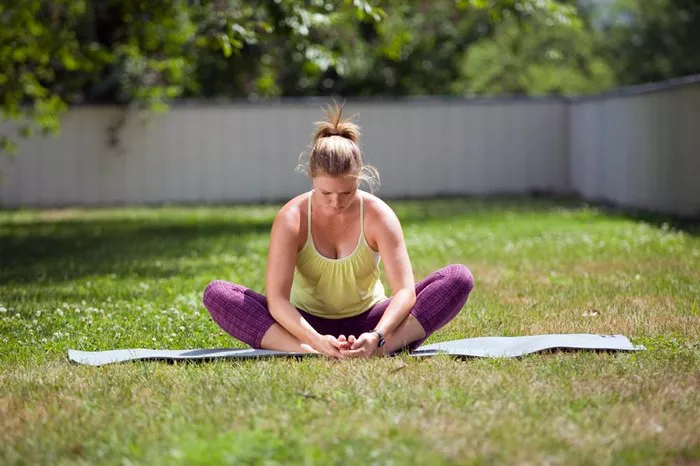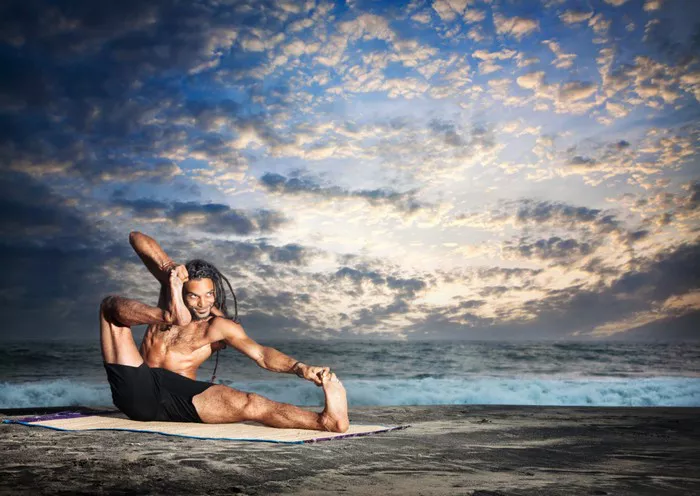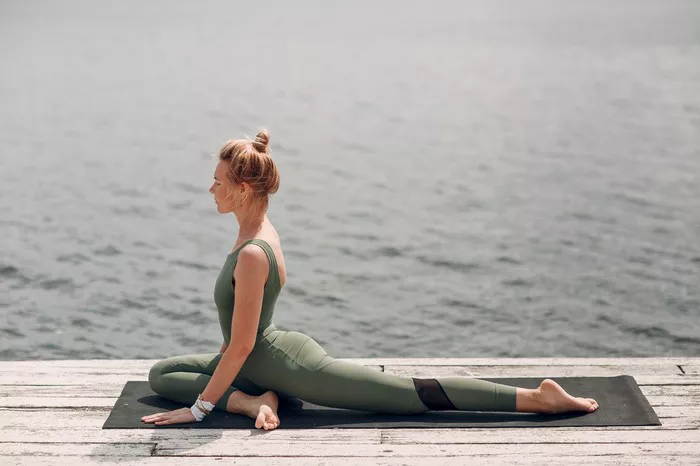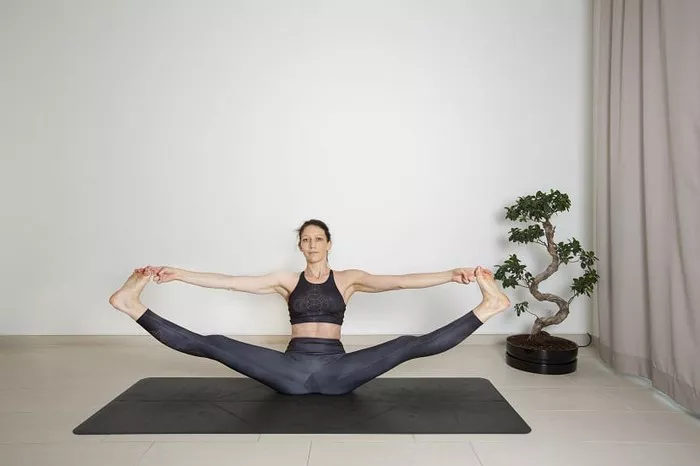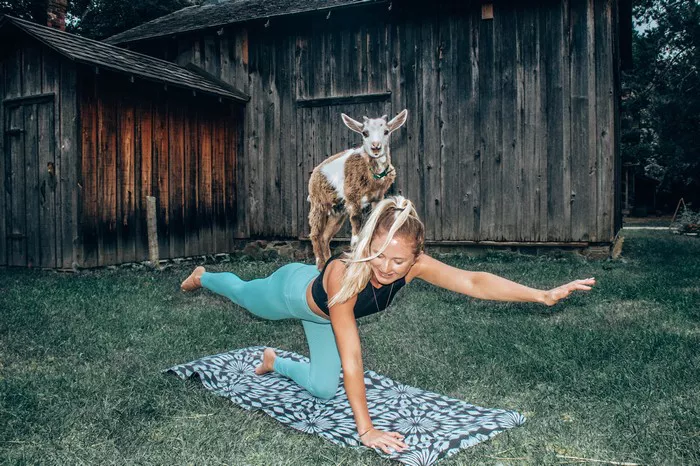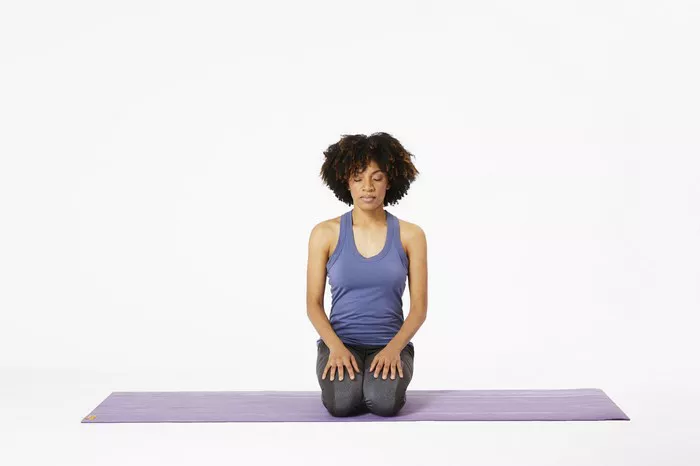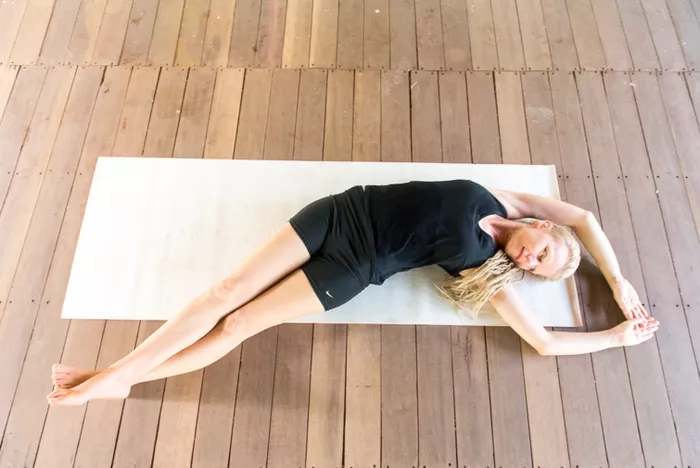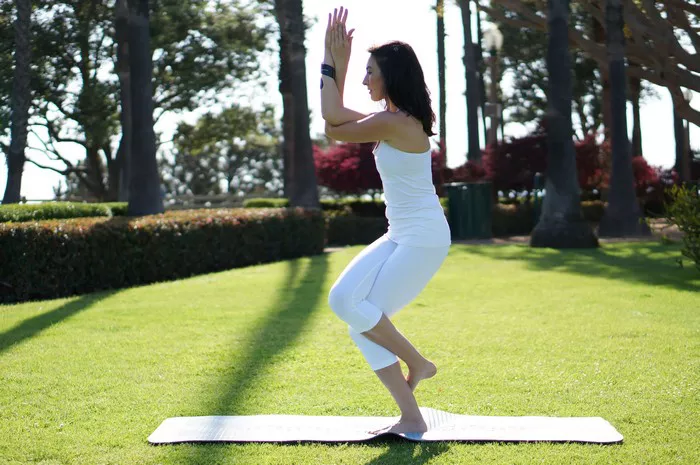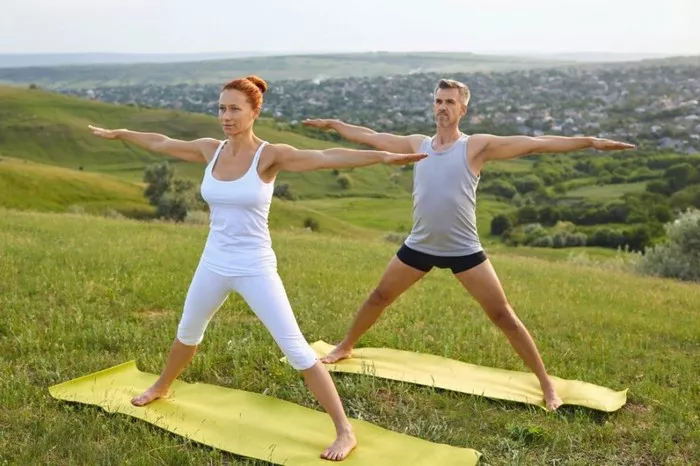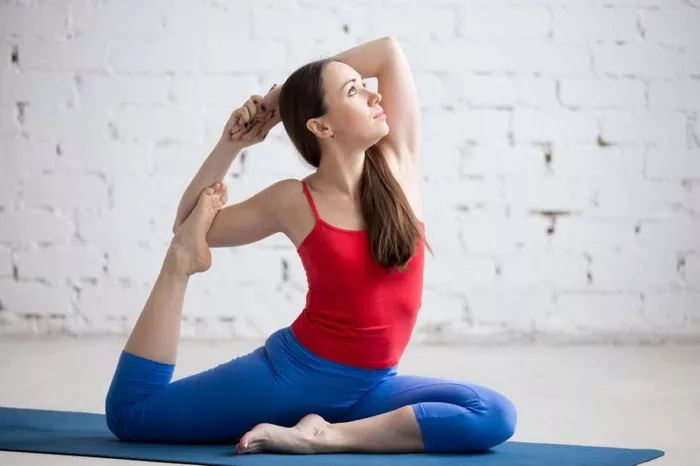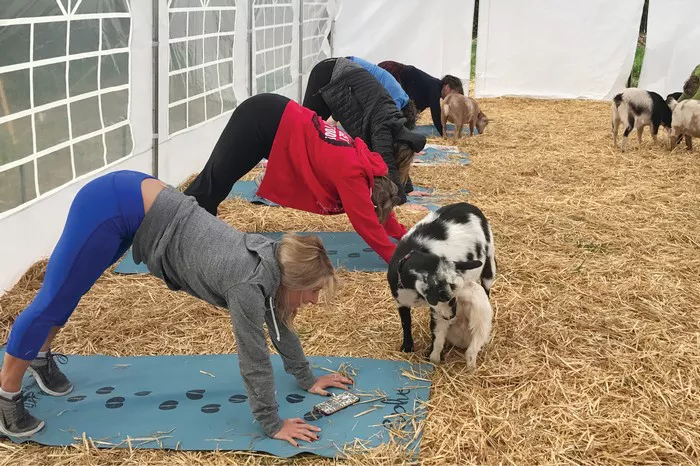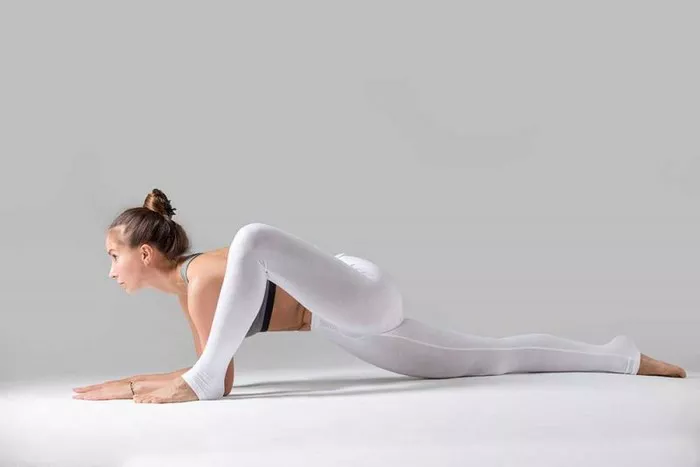Yoga, an ancient practice originating from India, has diversified into various styles, each offering unique benefits and approaches. Among the most popular styles today are Iyengar Yoga and Vinyasa Yoga. While both aim to cultivate physical health, mental clarity, and inner peace, they differ significantly in method, structure, and focus. Understanding these differences can help practitioners choose the style that best suits their goals and preferences.
1. Origin and Philosophy
Iyengar Yoga
Founded by B.K.S. Iyengar, Iyengar Yoga is rooted in classical Hatha Yoga and emphasizes precision and alignment in every posture. Iyengar believed that by mastering the correct form of each pose, practitioners could experience both physical and psychological benefits. The use of props such as blocks, straps, and bolsters is central to Iyengar Yoga, allowing practitioners of all levels to perform poses correctly and safely.
Vinyasa Yoga
Vinyasa Yoga, sometimes referred to as “flow yoga,” has roots in Ashtanga Yoga but has evolved into a more contemporary form. It focuses on the seamless coordination of breath and movement. The word “vinyasa” itself means “to place in a special way,” which refers to the thoughtful arrangement of poses in a flowing sequence. Vinyasa classes often include creative transitions and vary from session to session.
2. Class Structure and Pacing
Iyengar Yoga
Iyengar Yoga classes are generally slower-paced and highly instructional. Teachers spend considerable time guiding students through the correct alignment of each pose. Postures are often held for longer periods, allowing students to refine their technique and deepen their understanding. This methodical approach is ideal for those who appreciate detail and wish to build a strong foundation.
Vinyasa Yoga
In contrast, Vinyasa Yoga classes are dynamic and fast-paced. Practitioners move fluidly from one pose to another, often synchronized with inhalations and exhalations. There is less emphasis on holding poses and more focus on maintaining a rhythmic flow. This style is ideal for those seeking a cardiovascular workout along with flexibility and strength training.
3. Use of Props and Modifications
- Iyengar Yoga: Extensive use of props
- Vinyasa Yoga: Minimal to no use of props
Iyengar Yoga
Props are an integral part of Iyengar Yoga. They help practitioners achieve correct alignment and make challenging poses more accessible. For instance, blocks can be used to support the hands in standing poses, while straps can assist in achieving proper arm and leg positioning. This inclusive approach ensures that people of all ages and abilities can participate effectively.
Vinyasa Yoga
Vinyasa Yoga typically does not incorporate props, although some modern teachers may offer them for support. The absence of props emphasizes fluidity and self-reliance. Practitioners are encouraged to listen to their bodies and modify poses as needed, often without external aids. This fosters a sense of autonomy and improvisation.
4. Emphasis on Alignment vs. Movement
Iyengar Yoga
Alignment is the cornerstone of Iyengar Yoga. Each posture is broken down to its fundamental components, with a focus on anatomical precision. Teachers provide detailed cues and adjustments to help students attain the ideal pose. This meticulous attention reduces the risk of injury and enhances the therapeutic benefits of yoga.
Vinyasa Yoga
While alignment is not ignored in Vinyasa Yoga, it is not the primary focus. The emphasis is more on the fluid transition between poses and the synchronization of breath with movement. This approach can lead to a meditative, almost dance-like experience, which many find both invigorating and calming.
5. Physical and Mental Benefits
Iyengar Yoga
Due to its emphasis on alignment and sustained postures, Iyengar Yoga improves strength, stability, and body awareness. It is particularly beneficial for individuals recovering from injuries or managing chronic conditions. Mentally, the focused nature of the practice promotes concentration and mindfulness, fostering a deeper connection between body and mind.
Vinyasa Yoga
Vinyasa Yoga offers cardiovascular benefits, making it a good choice for those looking to improve endurance and burn calories. It enhances flexibility, coordination, and muscle tone. On a mental level, the continuous movement helps release stress and promotes a sense of flow and presence, making it a popular choice for stress relief and mental clarity.
6. Suitability for Different Audiences
- Beginners: Iyengar Yoga offers a slower pace and detailed instruction.
- Advanced practitioners: Vinyasa Yoga provides a more vigorous and creative experience.
Iyengar Yoga
Iyengar Yoga is well-suited for beginners due to its structured approach and emphasis on correct form. It is also ideal for older adults and those with physical limitations. The use of props and individualized attention makes it a safe and effective practice for rehabilitation and therapeutic needs.
Vinyasa Yoga
Vinyasa Yoga is often favored by those with prior yoga experience or a high level of physical fitness. The fast-paced nature of the class can be challenging for beginners, but it appeals to athletes and active individuals seeking a dynamic workout. With regular practice, even newcomers can adapt and enjoy its benefits.
7. Teaching Style and Certification
Iyengar Yoga
Teachers of Iyengar Yoga undergo rigorous training and certification. The process can take several years and involves in-depth study of anatomy, philosophy, and teaching methodology. Certified Iyengar instructors are known for their precision and ability to offer detailed, personalized instruction.
Vinyasa Yoga
Vinyasa Yoga teacher training programs are more varied. While many follow the 200-hour Yoga Alliance certification, the curriculum and standards can differ widely. Teaching style also varies significantly from one instructor to another, depending on their background and influences. This diversity can be both a strength and a challenge for students seeking consistency.
8. Philosophical and Meditative Aspects
Iyengar Yoga
Iyengar Yoga places a strong emphasis on the philosophical underpinnings of yoga, incorporating elements of the Yoga Sutras and other classical texts. Meditation and breath control (pranayama) are often integrated into advanced classes. The meditative aspect comes from the deep focus required to perfect each pose.
Vinyasa Yoga
While Vinyasa Yoga can include spiritual elements, it is often presented in a more secular or modern context. Some classes incorporate chanting, intention setting, or brief meditations, but these vary by teacher. The moving meditation of the practice itself is often considered its primary form of mindfulness.
9. Common Misconceptions
- Iyengar Yoga is only for older people: In reality, it benefits practitioners of all ages.
- Vinyasa Yoga is just exercise: While physically demanding, it can also be deeply meditative.
Iyengar Yoga
A common misconception is that Iyengar Yoga is only suitable for seniors or those with injuries. While it is accessible to these groups, it also challenges advanced practitioners through complex postures and deep internal focus. The discipline and precision required can lead to profound personal growth.
Vinyasa Yoga
Many view Vinyasa Yoga as purely physical due to its fast pace and sweat-inducing nature. However, its emphasis on breath and presence makes it more than just a workout. When practiced with intention, it offers a holistic experience that nurtures both body and mind.
10. Choosing the Right Style for You
When deciding between Iyengar and Vinyasa Yoga, consider your goals, fitness level, and personal preferences. Those who value structure, alignment, and therapeutic benefits may find Iyengar Yoga more suitable. Meanwhile, those seeking variety, fluid movement, and cardiovascular intensity may prefer Vinyasa Yoga.
- If you enjoy detailed instruction and steady progress: Iyengar Yoga is ideal.
- If you thrive on movement and creativity: Vinyasa Yoga is a great fit.
Ultimately, there is no one-size-fits-all approach. Many practitioners explore both styles to experience the diverse benefits each offers. Trying different classes and teachers can help you discover what resonates most with your body and mind.
Conclusion
Iyengar Yoga and Vinyasa Yoga each offer unique paths to physical health and inner balance. By understanding their core differences in philosophy, structure, and application, you can make an informed decision that aligns with your lifestyle and goals. Whether you choose the precise discipline of Iyengar or the flowing freedom of Vinyasa, both styles provide valuable tools for a lifelong yoga journey.

